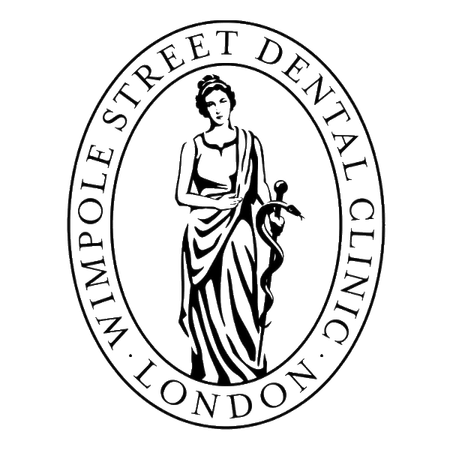If a new dental crown has been recommended by your dentist here at Wimpole Street Dental Clinic, then lets talk about one possible concern you may have about this tiny dental prosthetic as you decide if it is right for you. If you are wondering just what material is used for dental crowns in modern dentistry, then please read on.
At our clinic, the dental crowns we bespoke manufacture and fit perfectly are essentially tooth-shaped caps; tailor-made in modern, high-performance all-ceramic for each patient by an expert member of our master dental technician team. Each one crafted to protect, strengthen and conceal a damaged natural tooth in terms of the exact colour, look, feel and shape for the best clinical results. An all-ceramic dental crown choice means we can copy your natural tooth’s best features so no-one realises it is a tooth restoration and not the real thing. We believe your personal comfort and confidence may also be restored more fully by choosing a material looking virtually indistinguishable from your natural teeth.
What material is used for dental crowns? Your new dental crown – varieties
Dental crowns materials create the unique size, shape or exact fit required. So, just what material is used for dental crowns? Varieties include:
- Temporary crowns/restorations – used when preparing to fit veneers, inlays, onlays, partial crowns or dental bridges – mostly all-resin composite
- Metal-ceramic crowns or porcelain-fused-to-metal crowns – a porcelain veneered metal framework
- Solid crowns (metal) or stainless-steel crowns – only in exceptional circumstances used for front teeth (e.g., American rap star). A gold version helps patients with heavy teeth grinding. Can be made as a non-noble alloy version to reduce cost.
- Post crowns – anchored to the tooth with a pin – sometimes used after a Root Canal Treatment but now rarely
- Partial crowns – full ceramic, metal-free ceramic materials replacing a portion but not all of the visible crown
- Porcelain crowns – otherwise known as full-ceramic crowns, metal-free
- Implant crowns – placed on the titanium screw, sitting in the bone
- Ceramic crowns – (see porcelain crowns), also used for dental bridges
- Telescopic crowns – full-ceramic, non-noble alloy or gold crowns sitting underneath a removable ‘telescopic’ denture
What material is used for dental crowns? Your new dental crown – the advantages
From a dentist’s point of view – we focus on patient safety, health and well-being in addition to achieving the highest standards of both functional and aesthetic results when we choose the best dental crown material. From a patient’s point of view – you may also be worried about cost, ease of fitting, secure fitting, plus ease of cleaning once placed and in daily use.
| Material | Advantage(s) |
| Non-noble alloy metal crowns | Very strong and durable enough to withstand high biting and chewing forces. Good option for teeth which are usually not visible, at the back of the mouth. Cost effective choice and ease of cleaning. Due to the aesthetical deficiencies we don not use these crowns at Wimpole Street Dental Clinic. |
| Gold crowns | Exceptionally durable. An investment choice. Especially effective to help manage heavy teeth grinding (bruxism) |
| Porcelain fused to metal (PFM) crowns | A good fit and a good aesthetic result can be achieved. This choice was the ‘gold’ standard within dentistry for many years. |
| All-ceramic crowns | Creates the exact tooth colour for the best aesthetic results. High biocompatibility. Versatile when combining the material to craft the final prosthetic – you can produce e.max or zirconia crowns. |
What material is used for dental crowns? Your new dental crown – the disadvantages
From a dentist’s viewpoint, we have the same priorities again so we clinically scrutinise all dental crown materials for their long-term effectiveness.
| Material | Disadvantage(s) |
| Non-noble alloy metal crowns | Metal ions present can discolour gums and be temperature-sensitive at mealtimes. Possibility of galvanic toxicity – where the metal present in the dental crown can emit electrical energy into the saliva stream within the mouth negatively impacting health. |
| Gold crowns | Highly visible in the mouth at all times, especially when you smile. |
| Porcelain fused to metal (PFM) crowns | A low flexural (bending) strength when managing biting and chewing forces. Metal margins can appear around the edge of the affected tooth, once fitted, impairing the final aesthetic result. Metal ions can discolour gums, galvanic toxicity risk, too. Risk of ceramic chipping. |
| All-ceramic crowns | Chips or cracks can appear over time. To reduce risk, we encourage the highest standards of oral hygiene to be practised at home coupled with regular dental and dental hygienist appointments here in clinic. |
If any questions remain on just what material is used for dental crowns please book an appointment with us. We would be delighted to discuss with you, all your options available if you decide that a new dental crown, as recommended, is right for you.

